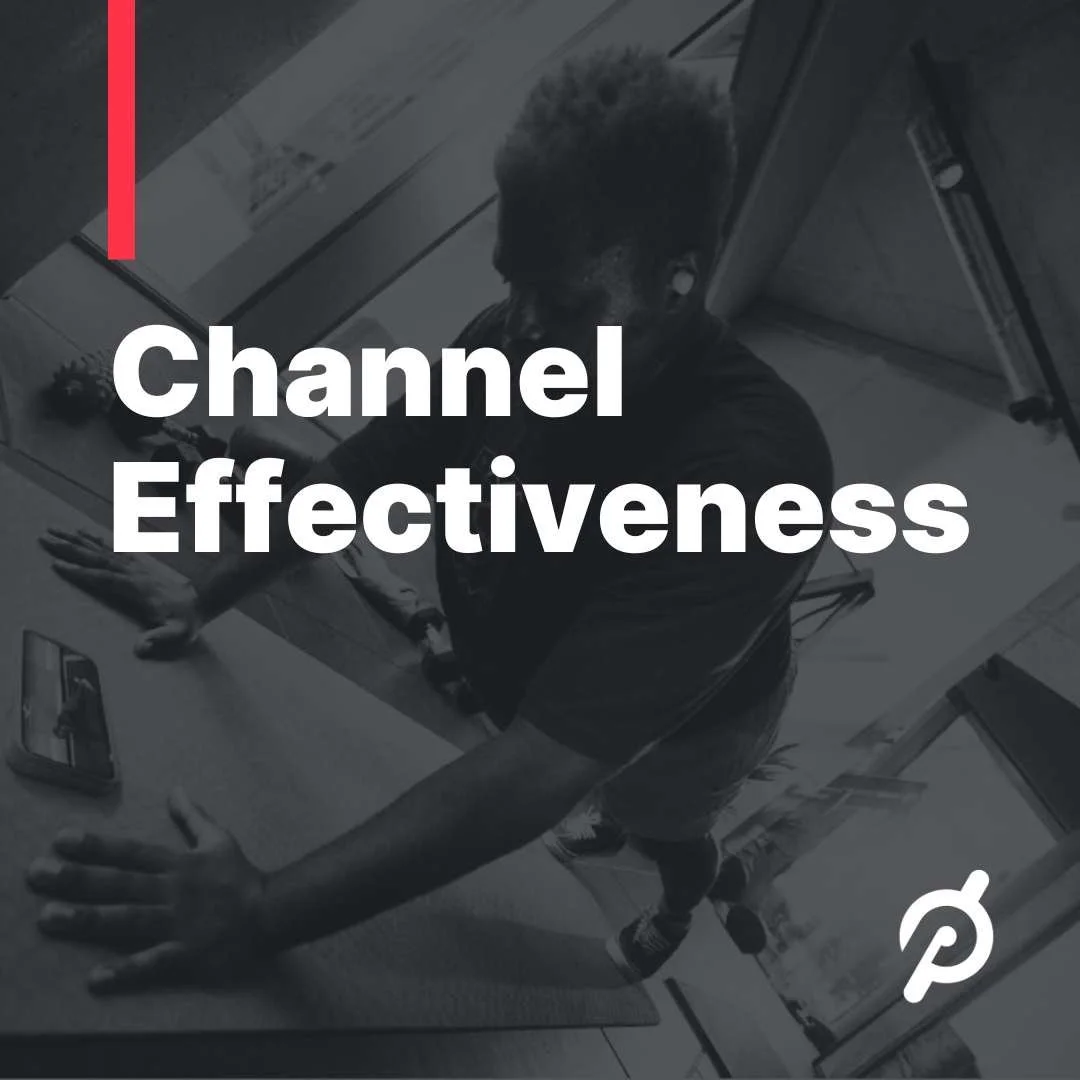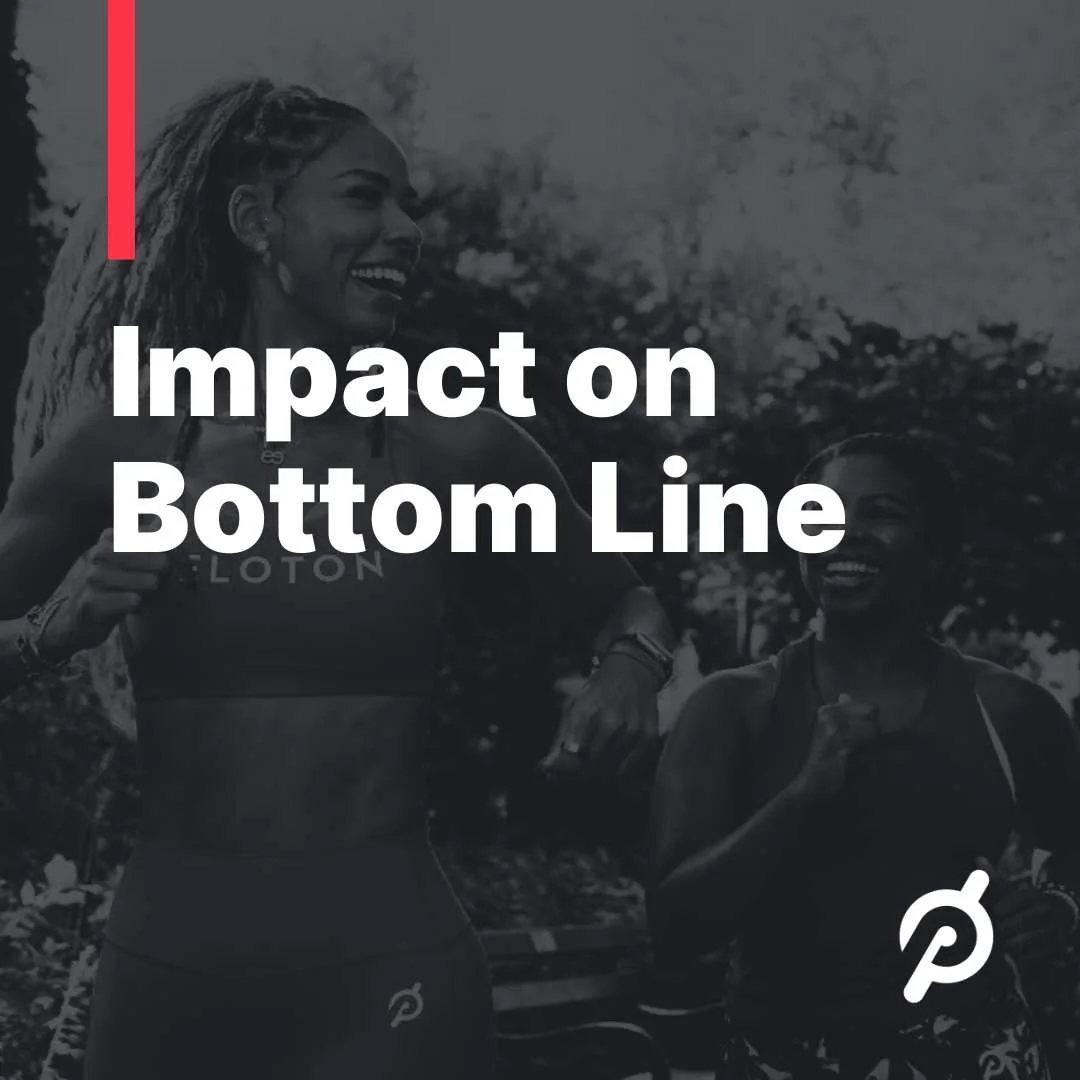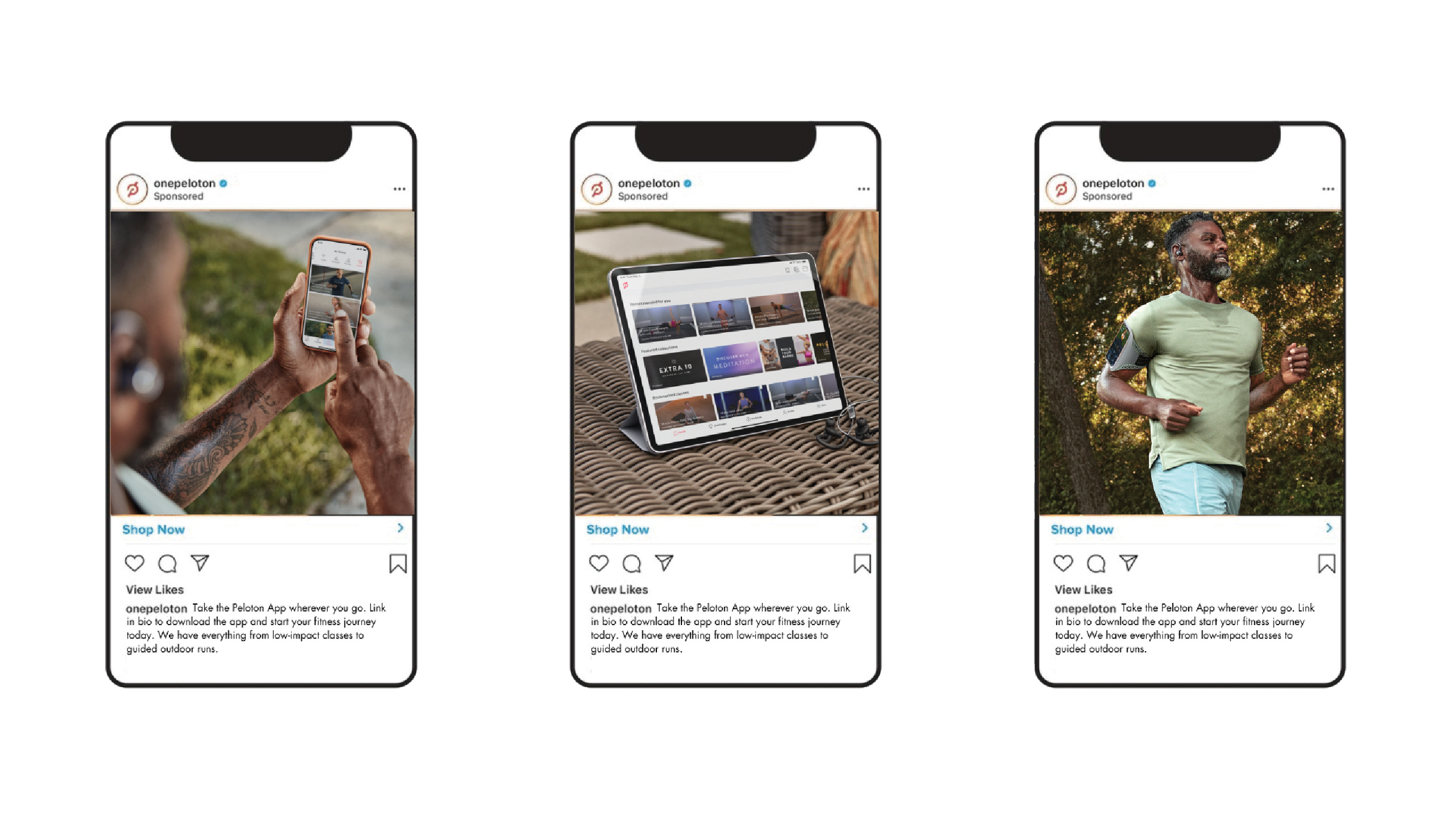
Broadening Peloton’s impact beyond the bike to encompass a holistic fitness lifestyle.
Peloton
CLIENT
Exercise Equipment & Media | VCU Brandcenter
TYPE


The Ask
When Peloton set out to revive its app memberships post-pandemic, we were determined to redefine its place in the market by broadening its brand appeal and enhancing its digital presence far beyond the boundaries of traditional fitness competitors.
The Pitch
Known for their community and motivating instructors, Peloton offers live workout classes that allow users to participate in real-time with others worldwide.
Peloton instructors act as brand ambassadors, showcasing the brand on their personal social channels and in ad campaigns. The instructor-led approach to social influencer marketing has been incredibly successful, with instructors gaining fame even beyond the Peloton platform. Peloton has 2M followers on Instagram, 221.6K on Twitter, and 925K followers on Facebook.
Looking to create a comprehensive, lifestyle fitness brand that resonates with the post-pandemic needs for adaptability, we took cues from history’s most famous fitness icons to rethink what consumers truly value. The pandemic didn’t give birth to the demand for in-home fitness—it had been there all along.
It wasn’t the bike that brought Peloton’s growth to life…it was their instructors.
Deliverables
Primary Research (Survey; IDIs)
Positioning
Brand Strategy
Brand Messaging
Social Media Strategy
Out of Home Advertising
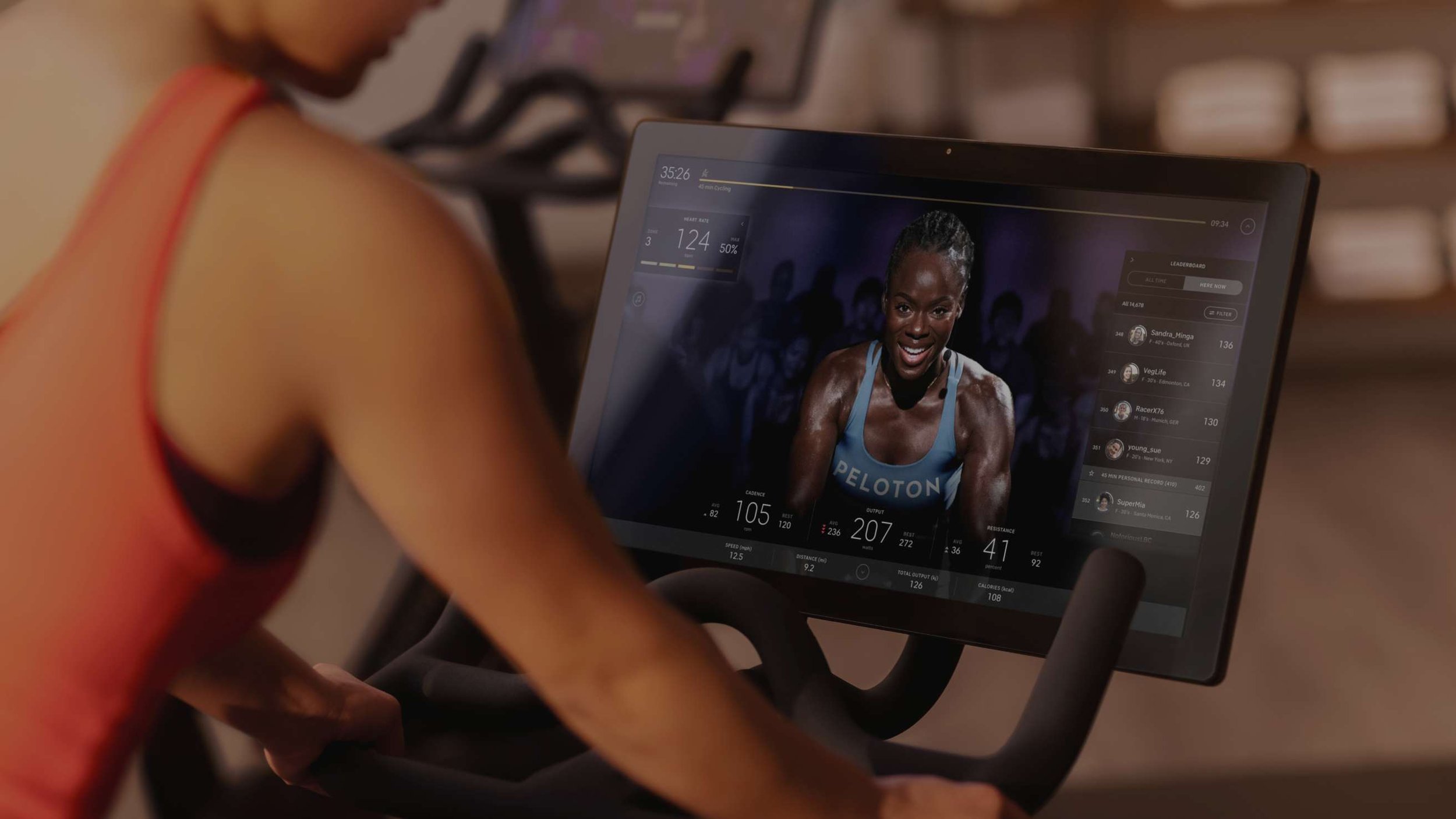
The Challenge
Address Peloton's market challenges post-pandemic and redefine its brand in a competitive fitness market.
As society returned to normalcy post-pandemic in 2022, sales for Peloton equipment began to plummet as did interest in home workouts, revealing the brand’s over-expansion and leading to half of the company being laid off by November 2022. Their negative margin on physical equipment led to a complete halt in in-house production and shifting entirely to overseas contractors.
The Brief
The timeless truth? People value fitness communities over fitness equipment.
Think back to Jane Fonda, Richard Simmons, and Billy Blanks. Fitness personalities and home workout videos remain the driving force of this market. Tech has only made these classes more accessible and community-driven.
The pandemic didn’t start the trend of home fitness, and it won’t end it.
Jane Fonda, Richard Simmons, and Tae Bo Billy Blanks all conjure images of larger-than-life personalities. Fitness personalities and home workout videos are nothing new. The only thing changing is the medium through which people are accessing them.

The Research
We surveyed people about their experience with the Peloton mobile app and their home exercise routine.
Our results skewed female, which is the target audience of Peloton. Respondents were cost-conscious but willing to spend up to $100 a month for health expenses. They join for the structured classes and instructors.
Our research revealed that the Peloton Bike is the company’s loss leader and is integral to its brand identity. We know through our research that the largest barrier to entry for new customers is cost and perceptions of the Peloton brand, but we also know that once a customer is using the branded products, they have a strong retention rate.

The Insight
Focusing on app subscriptions is Peloton's most profitable path forward.
Similar to other streaming services like Amazon or Netflix, Peloton needs to invest in the retention and promotion of its talent (and where to interact with them).
Through Instagram ads, banner ads, and email marketing that leveraged their community of influencer instructors, we targeted Gen Z and Young Millennials. These individuals value convenience, personalization, and interactive experiences in their workouts—particularly those who enjoy cycling and other cardio workouts. This includes people who are busy and prefer to work out at home, those who want to connect with a community of like-minded individuals, and those who are willing to invest in high-quality fitness.
By focusing on Peloton branded experiences that are lower priced, and more adaptable as an entry point, we will shift perceptions away from Peloton solely as an equipment brand and ultimately as a way to drive app subscriptions.

The Solutions to the Challenge
Our Repositioning Vision
By diversifying its digital content and enhancing the app experience, Peloton is poised to attract a wider audience, fostering a more inclusive and engaged fitness community and sustaining its place as a front-runner in the digital fitness market.

To ensure the success of this approach, we would measure…

By aiming for goals of…
Increase Reach by 10% on Social Media Channels
Increase Searches of Product Offerings
Increase Impressions and Click-Through-Rate by 6.5%
Increase Membership Subscriptions by 5%
Increase Monthly Recurring Revenue
Decrease Churn Rate → Increase New Users
Higher Retention Rate
Lower Acquisition Cost


The Creative Concept - Introducing…
Join the Community.
An education campaign on products offered by Peloton beyond the sole use of equipment with a heavy focus on the app. Attract a broader audience by providing a flexible and comprehensive digital fitness experience, including fitness classes and community engagement. We know that the 20-29 year old cohort uses social media and email the most [Oberlo], so this is how we would engage with them directly.

Expand Peloton’s Reach Beyond the Bike
We encouraged new memberships and increased retention rate by decreasing cost of entry, allowing users to join the app without needing to purchase a bike. We created visual representations of ease of use, informing prospects that they, too, could easily follow along in their living room with minimal equipment.

Increase Perceptions of Adaptability of the Brand
Through Instagram carousels, we showcased the ease of using the app to maintain a fitness routine in a wide range of settings, catering to a broad target audience with various fitness needs. We also increased perceptions of the versatility of the brand by showcasing various tablets & devices.

Reposition Focus on Community, Movement & Lifestyle
Targeting consumers in urban areas, print advertisements emphasize community benefits and highlight well-known instructors, calling viewers to “Join the Community.”

Future Growth – Maximizing Today’s Campaign Impact for Tomorrow
Peloton aims to solidify its position as a leader in home fitness by expanding its market reach and diversifying its offerings. The ambition is to transform Peloton into a lifestyle brand that transcends traditional fitness, appealing to a broader demographic and fostering a more inclusive fitness community. We can already see success with Peloton focusing on their marketing efforts on the app—they’ve experienced over a 9% year-on-year increase in members, with over 6 million total.

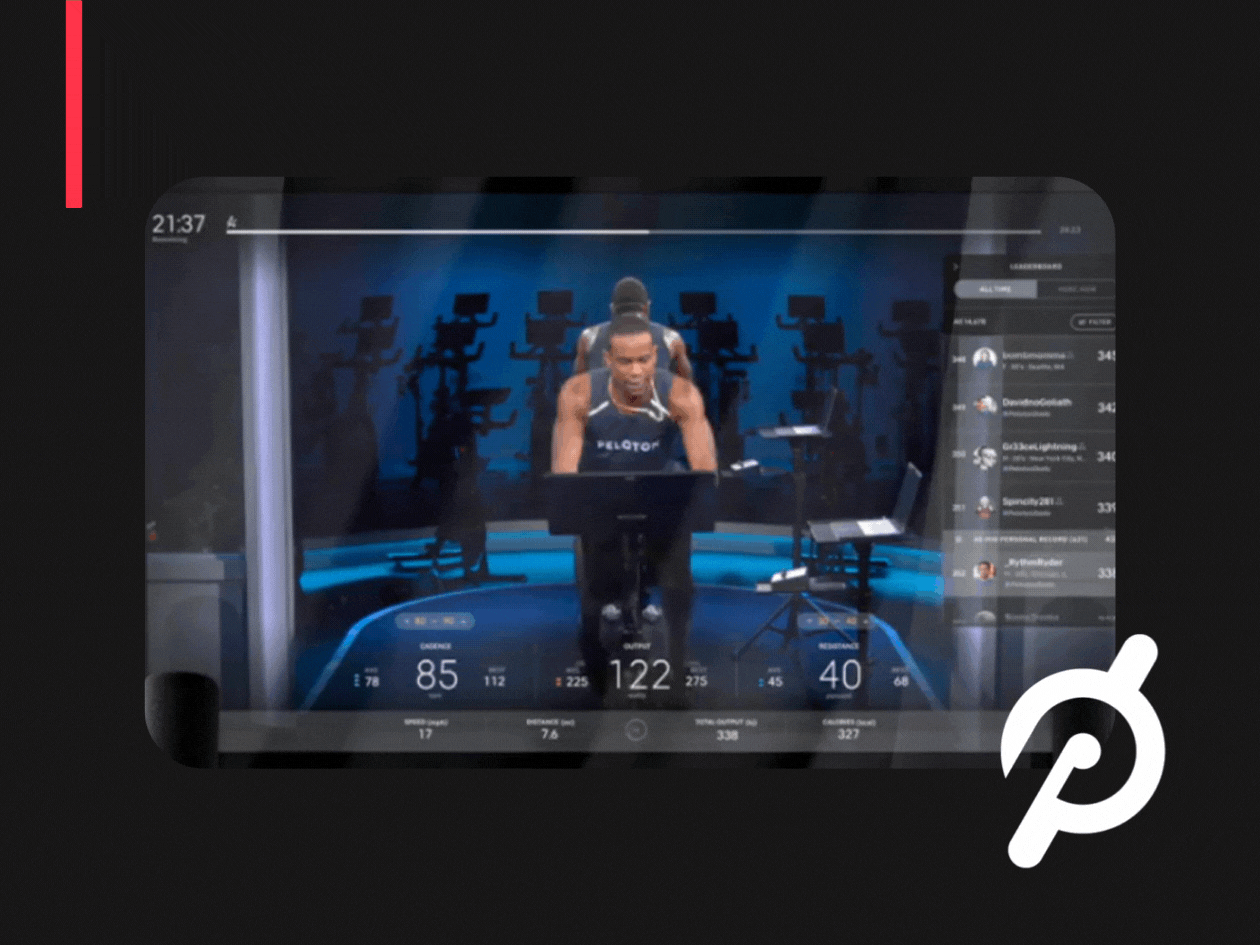

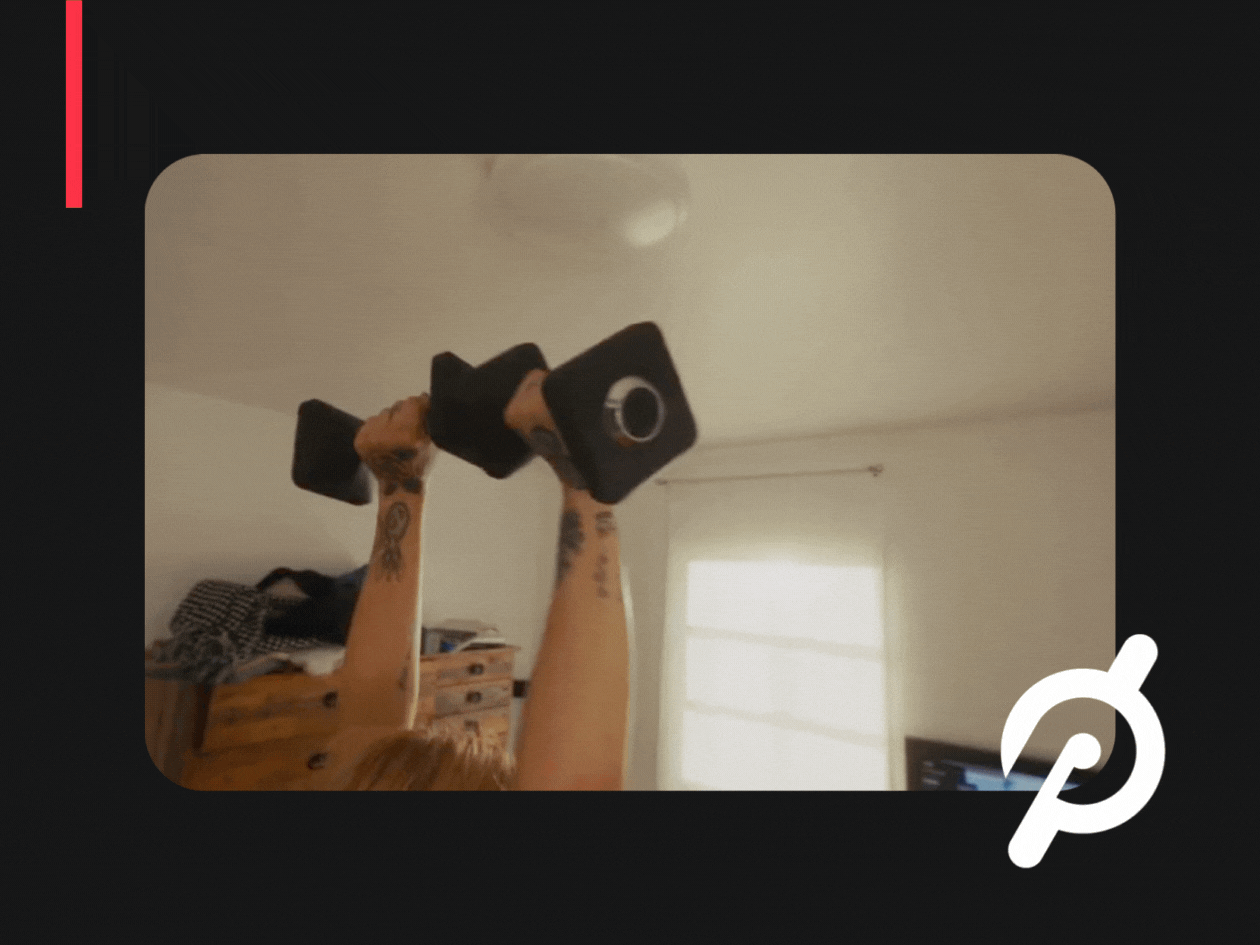



Takeaways & Learning
We looked to the roots of in-home fitness to redefine the Peloton app into an experience that includes what every fitness lover will always demand—community, accessibility, and ease of use. By assessing Peloton’s current state at the time, decreasing Customer Acquisition Cost and equipment production became priorities. Luckily, the clear demand for versatility and accessibility means expanding reach through a more comprehensive app experience. The broader the target audience, the greater the revenue, allowing us to capitalize on consumers’ needs.
My Role
Project Management, Primary & Secondary Research, Brand Audit, Category Research, Consumer Research, User Journey Mapping, Strategic Development, Creative Briefing, Deck Design
The Team
Max Warren (ST/AM)
Ruby Shan (ST/AM)
Sarah Hardin (ST/AM)
Troy Fultz (ST/AM)






